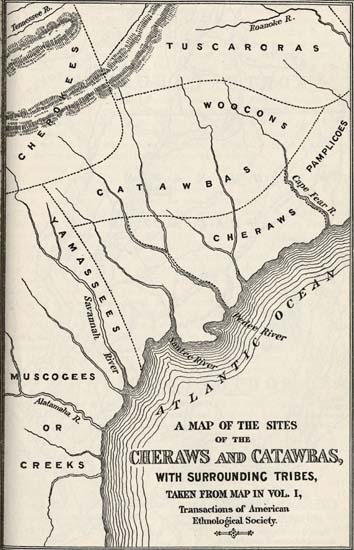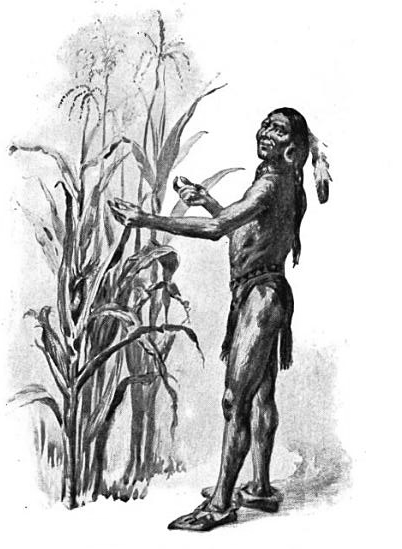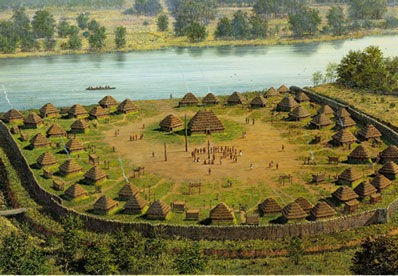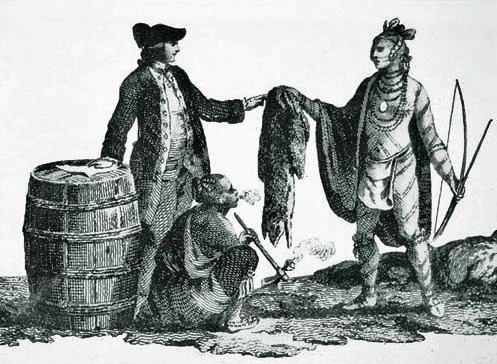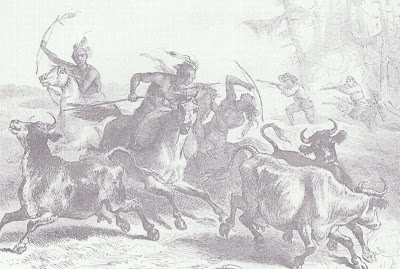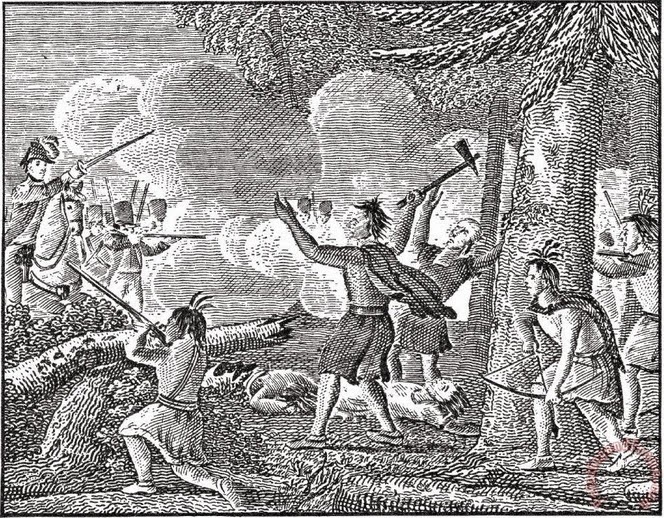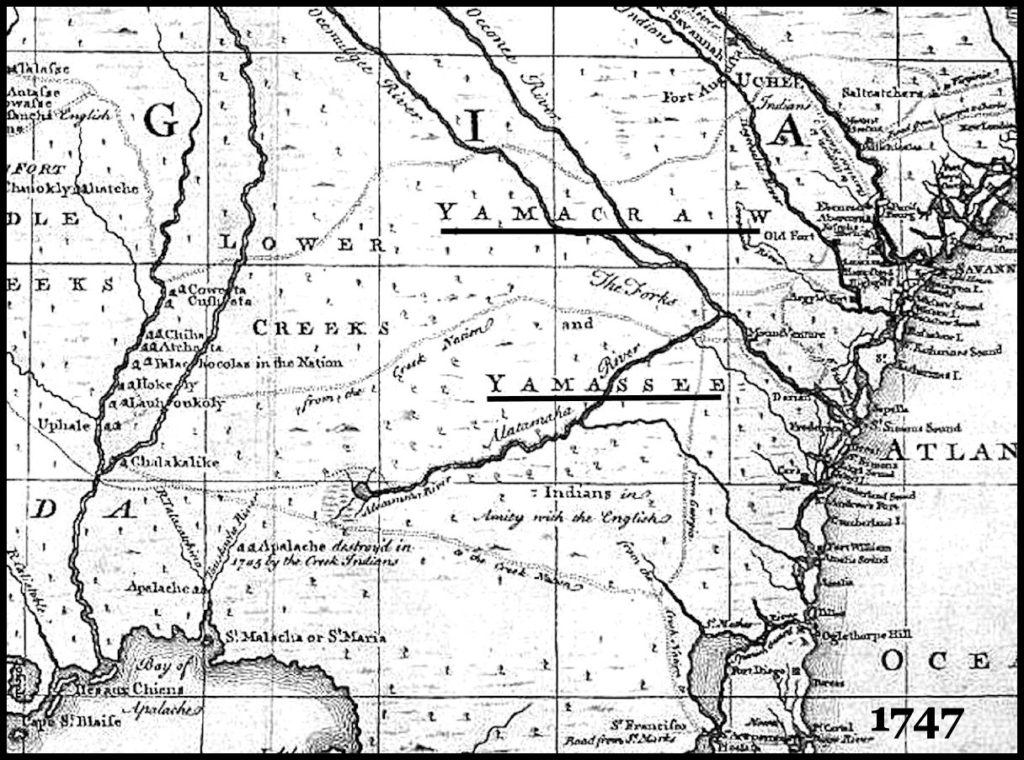NATIVE AMERICANS OF THE LOW COUNTRY
.
Available historical records, Acrheological and Anthropological evidence as well as folk lore indicate that South Carolina was home to approximately 30 different native tribes inhabiting our state from the Exploratory Period through the mid 1700‘s. Some tribes relocated, others became extinct and still others consolidated for convenience or out of necessity to defend themselves. During the 1600‘s through 1750 three primary tribal units remained-the Catawba, Cherokee and Yemassee Nations.
Each entity was affiliated with sub tribal groups that shared common language, traditions, geography etc.. Tribal influence in the geographical area of what is now present day Jasper County included members of the Yemassee Nation as well as the Cusabo Indians as represented by the Coosa's--thought to mean "Coosawhatchie River people."
THE COOSA
From 1562-1685-French, Spanish, and English record about nineteen separate tribes living on or near the South Atlantic coast between the Santee and Savannah river near English settlements. Cusabo refers those tribes and means Kussah-River.
The Kussoe and Kussah occupied much of the Low Country with five principal tribes and fourteen smaller tribes, the Kussah being one of them. Between 1707-1720, the various tribes were usually referred to individually or by general designations such as the Settlement Indians, Neighboring Indians, and Parched-Corn Indians.
In 1675 the "great and the Lesser Cassoe" were forced to cede their lands at the headwaters of the Ashley River. In 1684 eight separate cessions cleared the title to most of the land from the Stono River south to the Savannah River and west to the Appalachian Mountains. None of these tribes is known to have occupied land more than about fifty miles from the coast.
There is speculation that other tribes were indigenous to the Low Country though none is known to have lived outside the area with the possible exception of some "Coosa" who had united with the Catawba by 1743.
THE YEMASSEE
Historical archives identify the Yamassee to be more of a confederation of tribal units linked to the province of Guale, the historic Native American chiefdom of the Mississippian culture.
They populated an area between northern Florida, the southern Georgia interior and along the Georgia and South Carolina coast. In the 16th century, Spanish Missionaries established outposts in an effort to convert Indians to the Roman Catholic faith.
Tribal disagreement with the Spaniards prompted their move northward in 1685 to a tract known as the Indian land, which was under the protection of the English in the Carolina colonies. (Archeological finds tie Yemassee settlements in the Lowcountry to ST. Elena, Oketee, Tomatly and possibly Dawfuskee).
They remained in alliance with the colonists until 1715, when they rebelled leading a general revolt in what is know as the Yamassee War. Aided by the Creek, Choctaw and Catawba the revolt was crushed, forcing survivors to flee to Florida.
THE YEMASSEE WAR OF 1715
The complexities of the conflict found many Indian groups participating in the war for a variety of common reasons including:
- European encroachment on native lands
- Unfair trading system
- Trader abuses with the Indian slave trade
- Increasing Indian debts vs increasing colonial wealth
- Depletion of deer and deer hides
- French influence offering an alternative to British trade
- Indian links to Spanish Florida
- Inter tribal communication network, resulting in collaboration among previously distant tribes.
This war was the most serious challenge to European dominance in colonial America, with the colony facing the possibility of annihilation. About 7% of South Carolina's white citizenry were killed. This event marked the end of the early colonial era of the American South.
The Yemasse retreated to Georgia and Florida. A 1747 map of the Lower Southeast labels this same area as Yamacraw, Yamasee territory. When Great Britain was awarded Florida in 1763 from its victory in the Seven Years War, some Yamacraw and Yamassee moved further south into Florida becoming ancestors of the Seminoles.

